Tennis elbow, also known as lateral epicondylitis, is a painful condition that occurs when the tendons that connect the forearm muscles to the elbow become inflamed and irritated. The tendon that is most often involved in tennis elbow is called the extensor carpi radialis brevis (ECRB), which helps to extend the wrist and stabilize the elbow during activities that require gripping or twisting.

What Causes Tennis Elbow?
Tennis elbow is usually caused by overuse of the forearm muscles and tendons, especially during repetitive motions that involve bending the wrist backwards or sideways. This can create small tears in the ECRB tendon, which leads to inflammation and pain. Some common activities that can cause or worsen tennis elbow include:
- Playing tennis or other racquet sports, especially with poor technique or an improper racquet
- Using tools such as screwdrivers, hammers, or scissors
- Typing on a keyboard or using a mouse
- Lifting heavy objects or carrying bags
- Cooking, gardening, or knitting
Who Gets Tennis Elbow?
Tennis elbow can affect anyone who performs activities that put stress on the elbow joint, but it is more common in people who are between 30 and 50 years old. It is also more likely to occur in people who have certain risk factors, such as:
- Having a history of previous elbow injuries or arthritis
- Having weak or tight forearm muscles
- Having poor posture or ergonomics at work or home
- Having diabetes, thyroid disorders, or other medical conditions that affect blood flow or healing
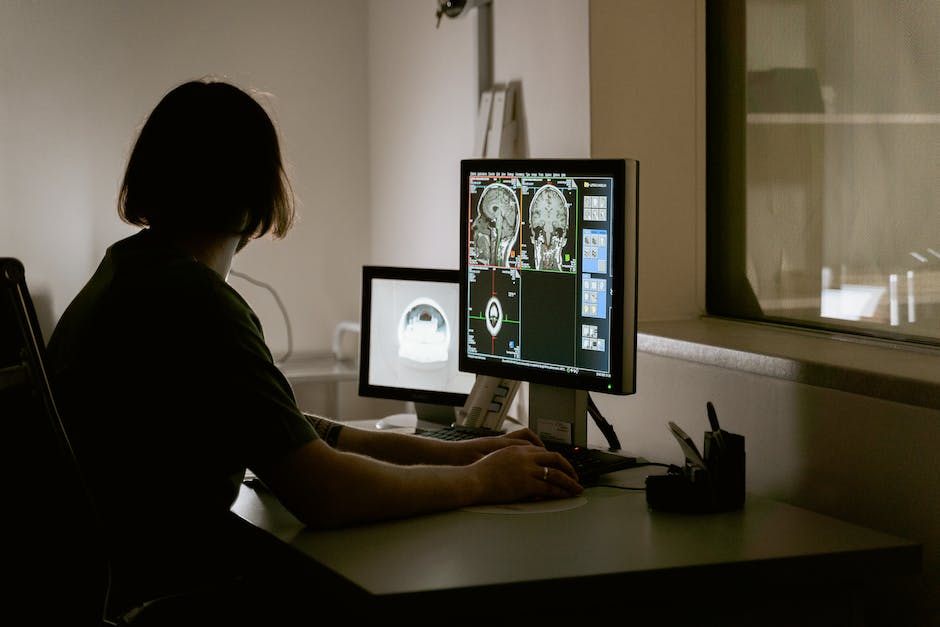
How is Tennis Elbow Diagnosed?
Tennis elbow is usually diagnosed by a physical examination and a medical history. Your doctor will ask you about your symptoms, your activities, and any previous injuries or conditions that may affect your elbow. They will also check your elbow for signs of inflammation, such as:
- Pain or tenderness on the outside of the elbow
- Reduced range of motion or stiffness in the elbow
- Difficulty gripping or holding objects
- Weakness in the forearm or wrist
Your doctor may also perform some tests to rule out other possible causes of your elbow pain, such as:
- X-rays to check for bone fractures or arthritis
- Magnetic resonance imaging (MRI) to look for damage to the tendons, ligaments, or cartilage
- Electromyography (EMG) to measure the electrical activity of the muscles and nerves
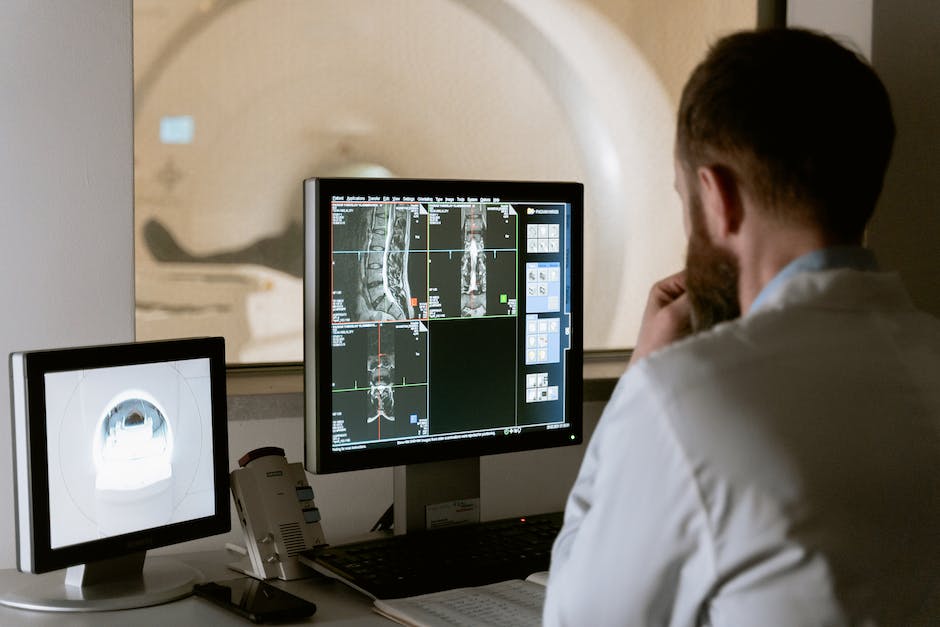
How is Tennis Elbow Treated?
The main goal of tennis elbow treatment is to reduce pain and inflammation, promote healing, and prevent recurrence. The treatment options may vary depending on the severity and duration of your condition, but they usually include:
- Resting your elbow and avoiding activities that aggravate your symptoms
- Applying ice packs or cold compresses to your elbow for 15 to 20 minutes several times a day
- Taking over-the-counter anti-inflammatory drugs (NSAIDs) such as ibuprofen or naproxen to relieve pain and swelling
- Wearing an elbow brace or strap to support your tendon and reduce stress on your elbow
- Doing gentle stretching exercises to improve your flexibility and blood flow
- Doing strengthening exercises to build up your forearm muscles and prevent further injury
In some cases, your doctor may recommend other treatments, such as:
- Physical therapy to help you improve your posture, ergonomics, and technique
- Corticosteroid injections to reduce inflammation and pain temporarily
- Platelet-rich plasma (PRP) injections to stimulate healing and tissue regeneration
- Extracorporeal shock wave therapy (ESWT) to break up scar tissue and stimulate blood flow
- Surgery to remove damaged tissue and repair the tendon
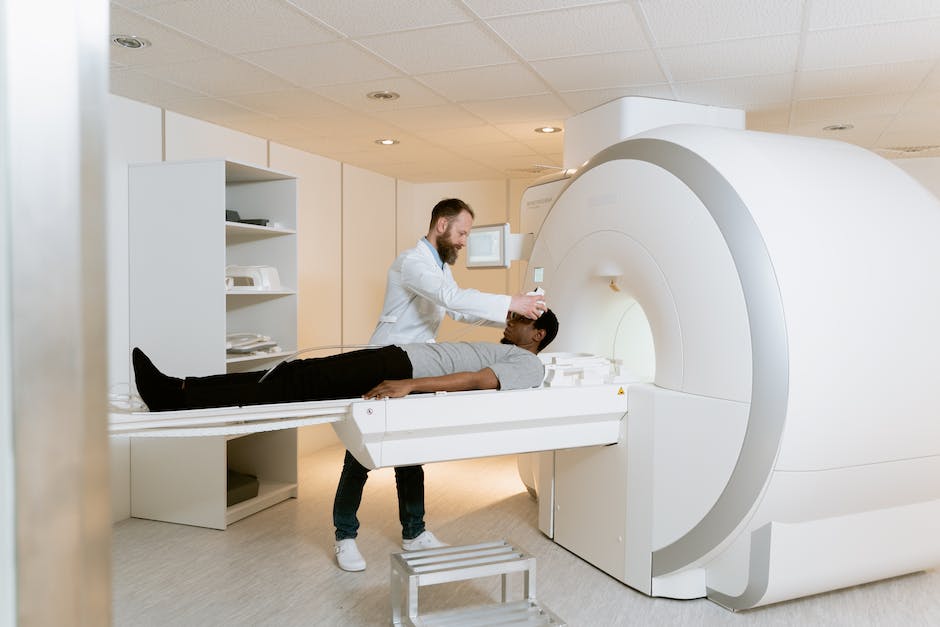
How to Prevent Tennis Elbow?
The best way to prevent tennis elbow is to avoid overusing your forearm muscles and tendons, and to take care of your elbow health. Some tips to prevent tennis elbow include:
- Warming up properly before engaging in any activity that involves your arms
- Using proper equipment and technique when playing racquet sports or using tools
- Taking frequent breaks and changing your position or activity regularly
- Stretching your forearm muscles before and after any activity that involves your arms
- Strengthening your forearm muscles with exercises such as wrist curls, reverse wrist curls, finger extensions, and squeezes
- Applying ice packs or cold compresses to your elbow after any activity that involves your arms
- Seeking medical attention if you experience any signs or symptoms of tennis elbow
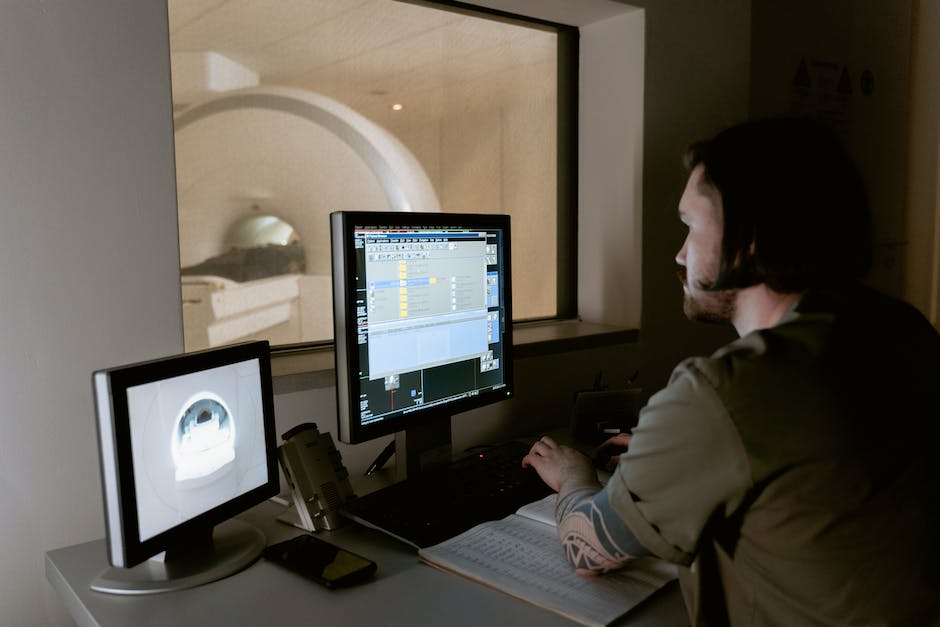
Conclusion
Tennis elbow is a common condition that affects many people who play racquet sports or use their arms a lot. It is caused by overuse of the forearm muscles and tendons, which leads to inflammation and pain in the elbow. Tennis elbow can be diagnosed by a physical examination and a medical history, and it can be treated by resting, icing, taking NSAIDs, wearing an elbow brace, doing exercises, and in some cases, getting injections, shock wave therapy, or surgery. Tennis elbow can be prevented by avoiding overuse, using proper equipment and technique, taking breaks, stretching, strengthening, and icing your elbow. If you have any questions or concerns about tennis elbow, please consult your doctor or a qualified health professional.
I hope this blog post outline helps you write a great article about tennis elbow. Thank you for using Bing! 😊
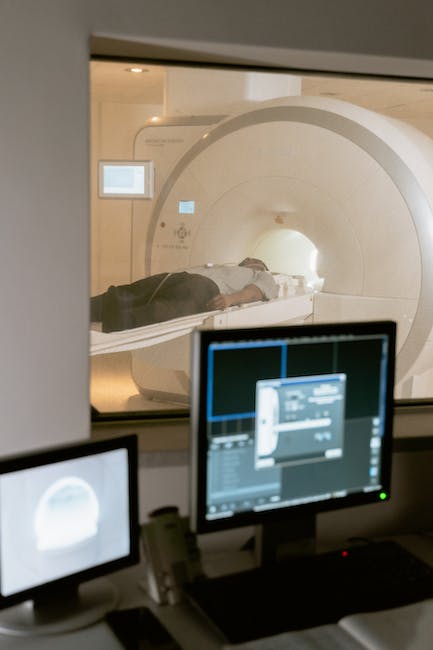
FAQ
What is tennis elbow?
Tennis elbow, also known as lateral epicondylitis, is a painful condition that occurs when the tendons that connect the forearm muscles to the elbow become inflamed and irritated. The tendon that is most often involved in tennis elbow is called the extensor carpi radialis brevis (ECRB), which helps to extend the wrist and stabilize the elbow during activities that require gripping or twisting.
What are the symptoms of tennis elbow?
The main symptom of tennis elbow is pain or tenderness on the outside of the elbow, which may radiate to the forearm or wrist. Other symptoms may include:
- Reduced range of motion or stiffness in the elbow
- Difficulty gripping or holding objects
- Weakness in the forearm or wrist
- Sensitivity to touch or pressure on the elbow
How long does tennis elbow last?
The duration of tennis elbow varies depending on the severity and cause of the condition, as well as the treatment and recovery methods. In general, tennis elbow may last from a few weeks to several months, or even longer in some cases. Some factors that may affect the healing time of tennis elbow include:
- The extent of damage to the tendon and surrounding tissues
- The frequency and intensity of activities that aggravate the condition
- The compliance and effectiveness of the treatment and prevention strategies
- The individual’s age, health, and healing ability
How can I avoid the symptoms of tennis elbow?
The best way to avoid the symptoms of tennis elbow is to prevent the condition from occurring or worsening in the first place. This can be done by:
- Avoiding overuse of the forearm muscles and tendons, especially during repetitive motions that involve bending the wrist backwards or sideways
- Using proper equipment and technique when playing racquet sports or using tools
- Taking frequent breaks and changing your position or activity regularly
- Stretching your forearm muscles before and after any activity that involves your arms
- Strengthening your forearm muscles with exercises such as wrist curls, reverse wrist curls, finger extensions, and squeezes
- Applying ice packs or cold compresses to your elbow after any activity that involves your arms
- Seeking medical attention if you experience any signs or symptoms of tennis elbow
What are some stretching exercises for tennis elbow?
Stretching exercises can help to improve your flexibility and blood flow, as well as reduce pain and stiffness in your elbow. Some examples of stretching exercises for tennis elbow are:
- Wrist flexor stretch: Hold your arm straight out in front of you with your palm facing down. Use your other hand to gently bend your wrist down until you feel a stretch in your forearm. Hold for 15 to 30 seconds, then switch sides.
- Wrist extensor stretch: Hold your arm straight out in front of you with your palm facing up. Use your other hand to gently bend your wrist down until you feel a stretch in your forearm. Hold for 15 to 30 seconds, then switch sides.
- Elbow bend: Stand with your arms at your sides and your palms facing forward. Slowly bend your elbows and bring your hands up to your shoulders. Hold for 15 to 30 seconds, then lower your arms.
- Shoulder roll: Stand with your feet shoulder-width apart and your arms at your sides. Slowly roll your shoulders forward, up, back, and down in a circular motion. Repeat 10 times, then switch directions.
What are some home remedies for tennis elbow?
Some home remedies that may help to relieve pain and inflammation caused by tennis elbow include:
- Applying ice packs or cold compresses to your elbow for 15 to 20 minutes several times a day
- Taking over-the-counter anti-inflammatory drugs (NSAIDs) such as ibuprofen or naproxen to relieve pain and swelling
- Wearing an elbow brace or strap to support your tendon and reduce stress on your elbow
- Massaging your forearm muscles with gentle pressure and circular motions
- Applying topical creams or gels that contain menthol, capsaicin, or arnica to soothe and numb the affected area
When should I see a doctor for tennis elbow?
You should see a doctor for tennis elbow if:
- Your pain is severe or interferes with your daily activities
- Your symptoms do not improve after two weeks of self-care measures
- You have signs of infection such as fever, redness, swelling, or pus around your elbow
- You have numbness, tingling, or weakness in your arm or hand
- You have difficulty moving or bending your elbow
What are some medical treatments for tennis elbow?
If home remedies do not provide enough relief for your tennis elbow, your doctor may recommend other treatments, such as:
- Physical therapy to help you improve your posture, ergonomics, and technique
- Corticosteroid injections to reduce inflammation and pain temporarily
- Platelet-rich plasma (PRP) injections to stimulate healing and tissue regeneration
- Extracorporeal shock wave therapy (ESWT) to break up scar tissue and stimulate blood flow
- Surgery to remove damaged tissue and repair the tendon
How can I prevent tennis elbow from recurring?
To prevent tennis elbow from recurring, you should:
- Continue to avoid overuse of the forearm muscles and tendons, especially during repetitive motions that involve bending the wrist backwards or sideways
- Continue to use proper equipment and technique when playing racquet sports or using tools
- Continue to take frequent breaks and change your position or activity regularly
- Continue to stretch your forearm muscles before and after any activity that involves your arms
- Continue to strengthen your forearm muscles with exercises such as wrist curls, reverse wrist curls, finger extensions, and squeezes
- Continue to apply ice packs or cold compresses to your elbow after any activity that involves your arms
- Continue to seek medical attention if you experience any signs or symptoms of tennis elbow
What are some complications of tennis elbow?
Tennis elbow is usually not a serious condition, but it can cause some complications if left untreated or poorly managed, such as:
- Chronic pain and stiffness in the elbow
- Reduced range of motion and function in the elbow
- Weakness and atrophy of the forearm muscles
- Nerve damage or compression in the elbow or wrist
- Joint damage or arthritis in the elbow
I hope this FAQ section helps you complete your blog post about tennis elbow. Thank you for using Bing! 😊





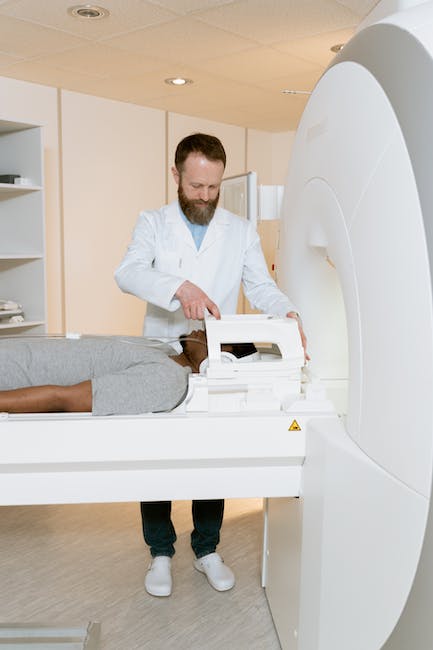
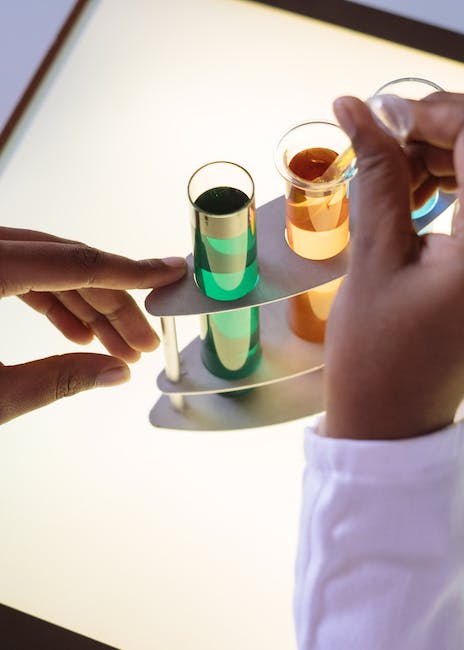
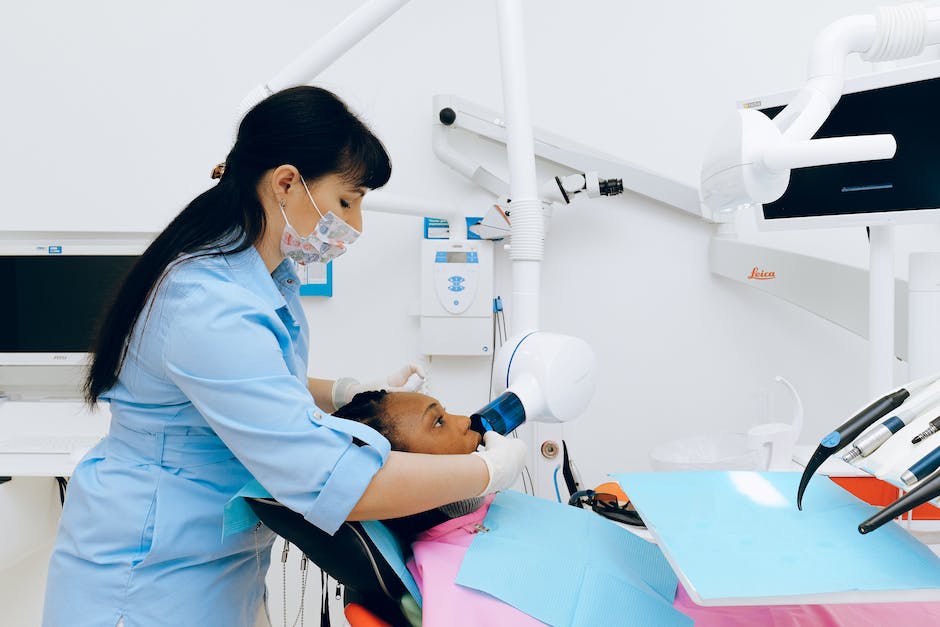
No Comment! Be the first one.